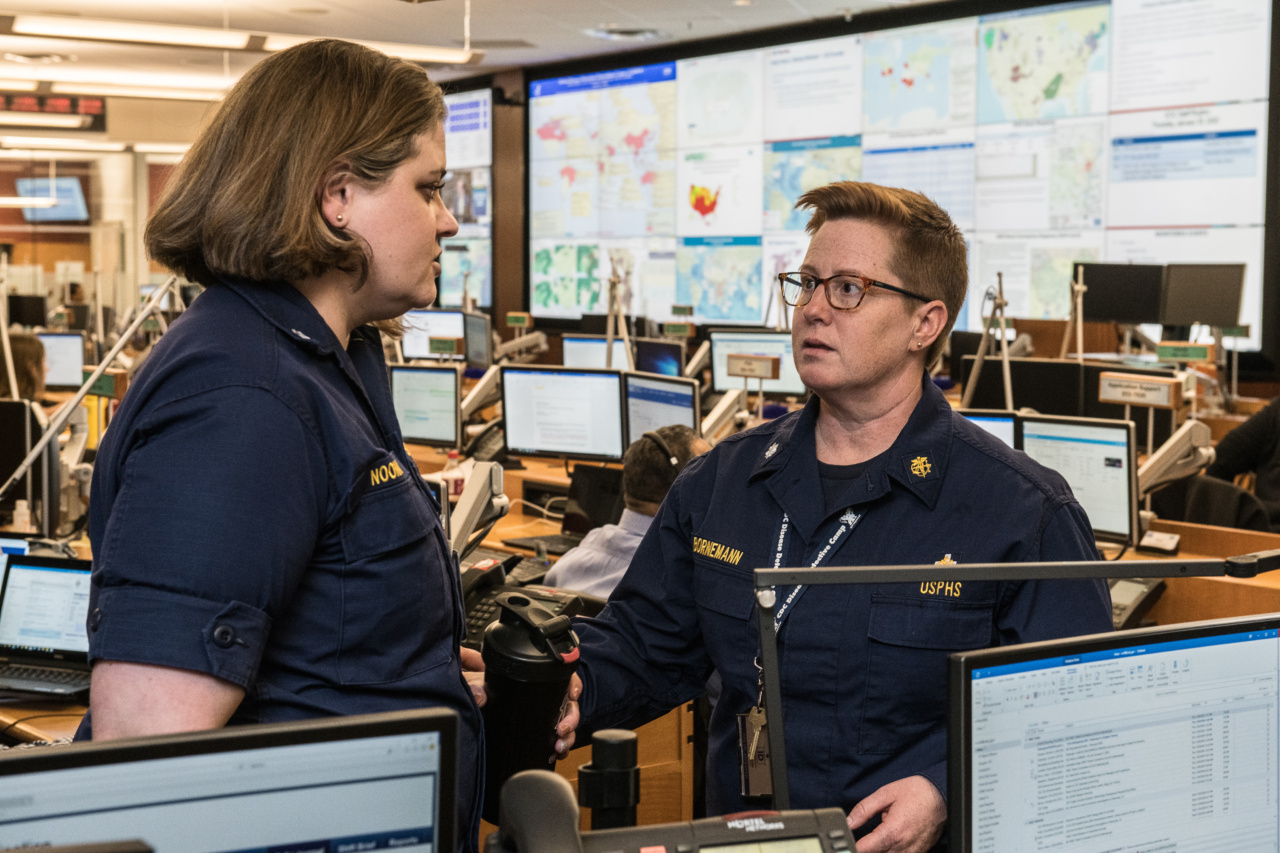When we look at a world map, it is easy to be mesmerized by the vast landmasses or the sprawling oceans. These visual representations, however, only tell part of the story.
Beyond the surface, there are numerous unseen factors that contribute to the masses on a map. While some causes may be obvious, such as geographical features or human settlements, there are other less apparent reasons that shape the distribution of landmasses.
In this article, we will delve into these hidden causes that influence the masses on a map.
1. Plate Tectonics: The Moving Earth
Beneath the Earth’s surface, the tectonic plates are constantly in motion. These huge slabs of rock, floating on the semi-fluid mantle beneath, bump into each other, slide past one another, or spread apart.
This movement results in the creation of various landforms, including mountains, valleys, and even entire continents. The masses we see on a map are a result of the slow and relentless geological processes shaping the Earth.
2. Volcanic Activity: Building and Destroying Land
Volcanoes play a significant role in shaping the masses on a map. When volcanoes erupt, they release molten rock, ash, and gases onto the Earth’s surface.
Over time, the accumulated volcanic material can form new landmasses, such as islands or volcanic mountains. On the other hand, powerful volcanic eruptions can also result in the destruction of existing landforms, altering the map in significant ways.
3. Erosion: The Silent Sculptor
While we may not notice it in the blink of an eye, erosion is an incredibly powerful force that shapes the masses on a map. It involves the gradual wear and tear of the Earth’s surface due to natural elements such as water, wind, and ice.
Over millions of years, erosion can create valleys, canyons, and other distinctive features that contribute to the overall appearance of the map.
4. Climate: From Frozen Lands to Tropical Paradises
Climate plays a crucial role in determining the masses on a map. The distribution of temperature and precipitation across the Earth’s surface influences the types of ecosystems that thrive in different regions.
This, in turn, affects the vegetation cover and land use, creating distinct patterns on a map. From frozen polar landscapes to lush tropical rainforests, climate shapes the visible masses in ways we cannot ignore.
5. Ocean Currents: Movers and Shapers
We often focus on the heavily populated landmasses, but the vast oceans also contribute to the unseen truth behind the masses on a map. Ocean currents, driven by a combination of wind, temperature, and salt content, circulate water around the globe.
These currents not only influence marine life but also have a significant impact on climate patterns. The interaction between ocean currents and the atmosphere shapes the distribution of masses on a map.
6. Human Activity: An Altered Landscape
Humans have undoubtedly left their mark on the Earth’s surface. From the construction of cities and transportation networks to deforestation and industrial activities, human actions have transformed the masses on a map.
Urban areas can appear as dense patches, while agricultural regions may showcase a mosaic of cultivated lands. The impact of human activity on the masses is both visible and profound.
7. Geological Time: Millions of Years Unfolded
When we look at a map, it is essential to remember that what we see is a snapshot of a constantly evolving planet. The geological processes shaping the masses occur over millions of years, and the map we observe is just one point in time.
The Earth has experienced dramatic changes in its landmass distribution throughout its history, and the current map represents the culmination of these long-term geological processes.
8. Natural Disasters: Shaping Land in an Instant
Natural disasters, such as earthquakes, tsunamis, or hurricanes, can dramatically alter the masses on a map within a short span of time. These catastrophic events reshape the land, creating new landforms or changing existing ones.
From the shifting tectonic plates of an earthquake to the powerful erosive forces of a hurricane, natural disasters have a visible impact on the map.
9. Deposition and Sedimentation: Building Up the Map
The deposition of sediments by various agents, including rivers, glaciers, and ocean currents, contributes to the mass distribution on a map. Over time, these sediments can accumulate and form new landmasses or modify existing coastlines.
Deltas, beaches, and sand dunes are all examples of landforms shaped by deposition and sedimentation, adding complexity to the overall map.
10. Geological Features: Mountains, Deserts, and More
Lastly, the physical and geological features of the Earth play a significant role in determining the map’s masses.
From towering mountain ranges to expansive deserts, these unique landforms create prominent areas of mass and define the character of a region. The presence or absence of these features influences the overall appearance of the map.




























